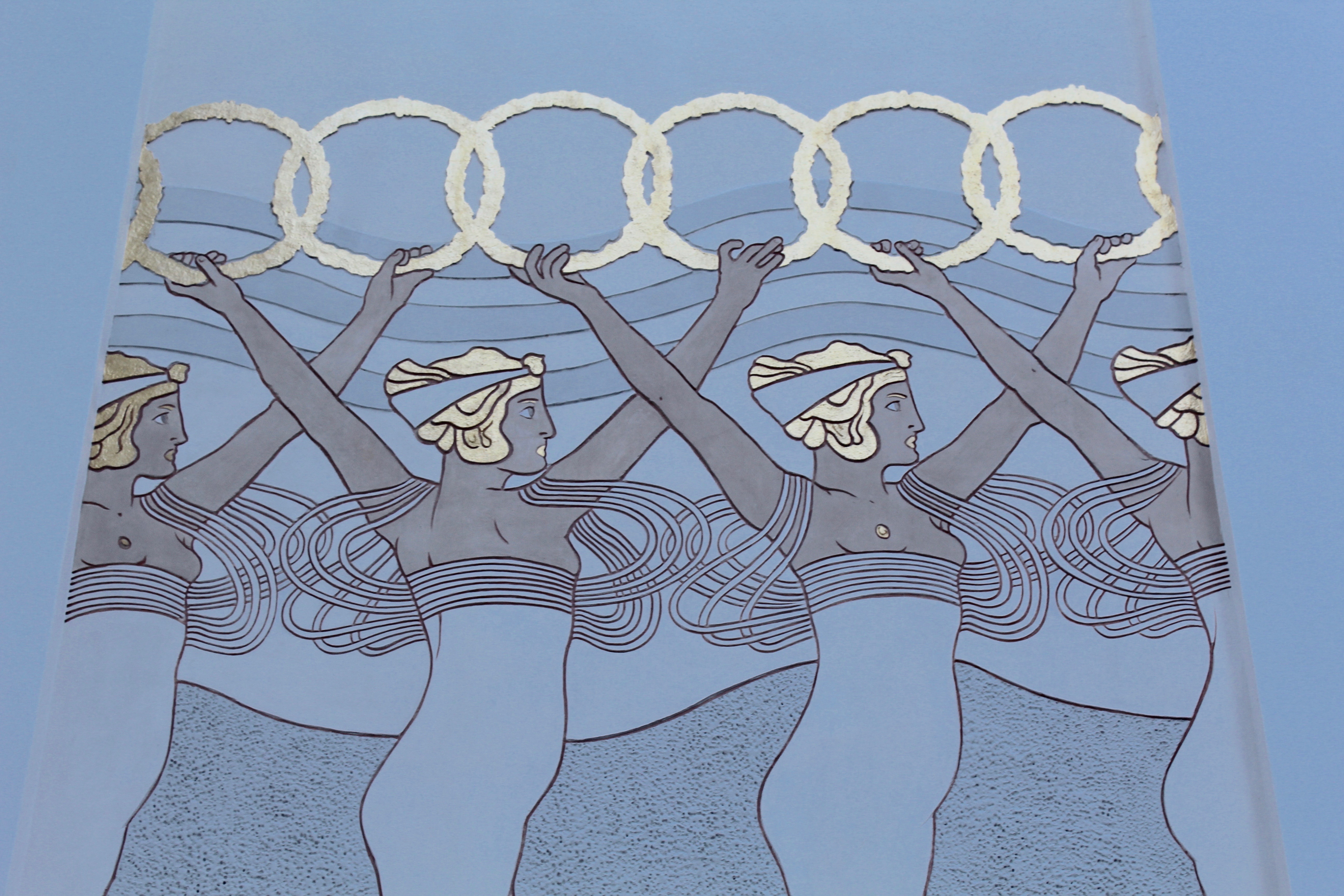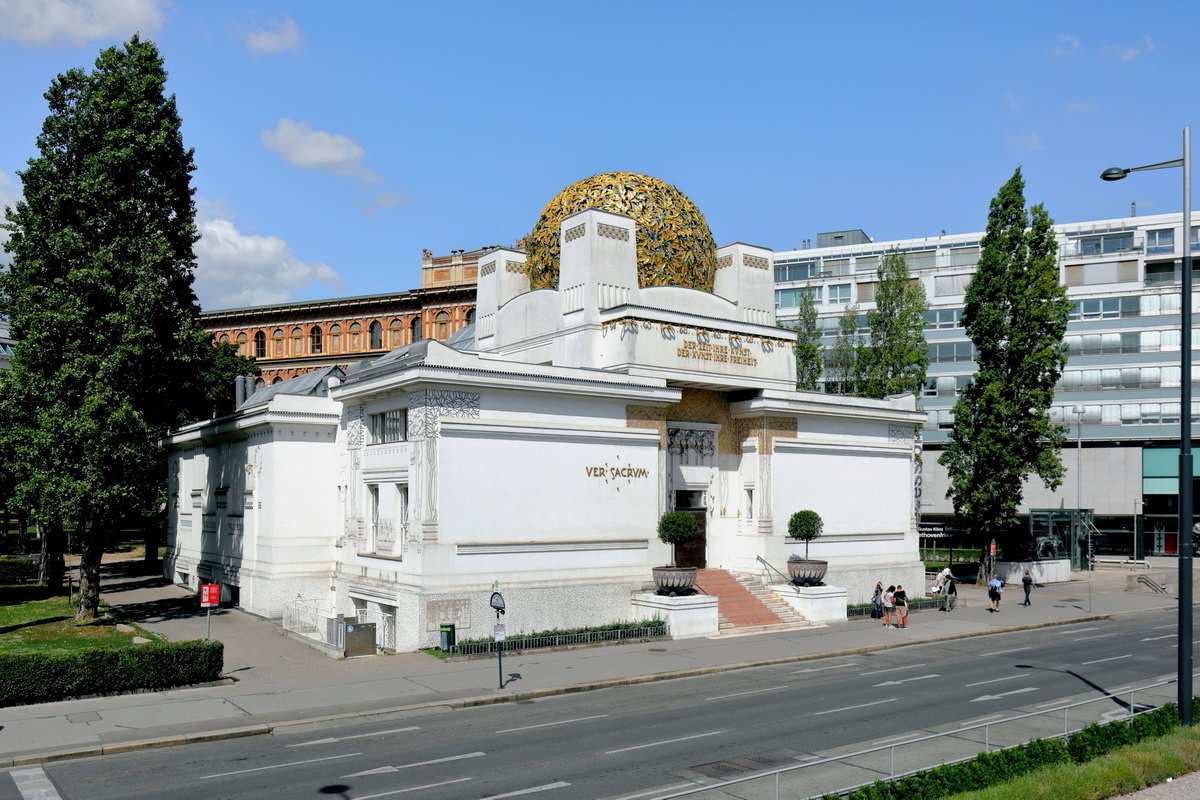

And Max Liebermann, an Impressionist who served as its first president, was often viewed with mistrust for being both a Francophile and a Jew. The Berlin Secession was more combative in spirit. In contrast, Vienna was and had always been the capital of an empire."Īs a consequence of this, the Vienna Secession, the multidisciplinary movement that in large measure ushered in modernism, was far less opposed to tradition and authority than its Berlin equivalent. There were other cities that also tried to make national museums for Germany, like Munich and Dresden, but Berlin was the first where there was such a clear political intention. "The government wanted to build up national identity, and the political intention was to make Berlin a center for German culture.

"Berlin was the newly made capital of a new society made by Prussians," explained Mr. Klee said.Īccording to both curators, the emblematic qualities of Vienna and Berlin as cities are to a large extent reflected in the art produced there between roughly 19. "We decided on the themes: landscapes, portraits, nightlife, often using works by different artists in both cities who were working in the same genre-and often in the same year-to highlight the aesthetic differences," Mr. In addition, the Vienna show forgoes the chronological approach followed in Berlin, opting instead for a topical one. Conversely, of the six Kirchners in the Vienna show, only two were displayed in Berlin. Hence, of the six Schiele works shown in the Berlin version of the show, only one, the intense 1910 "Portrait of the Publisher Eduard Kosmack," will travel to Vienna. The opposite is also true-the Vienna show will have a stronger focus on the Berlin art." A case in point is Egon Schiele, a cult figure marketed to death in Vienna, where the world's largest collection of his work is on display at the Leopold Museum. "The show in Berlin had a stronger focus on art from Vienna. ButĬurator of the Belvedere show, explained in a phone interview that, beyond this, the variations reflect different aims. Some of the differences between the two versions of the show are due to the fact that the Lower Belvedere is a former palace with numerous smaller galleries, while the Berlinische Galerie is housed in a former glass storeroom. One of the curators of the Berlinische Galerie's version, explained in Berlin, calling the city's relationship with Vienna a century ago both "sisterly and competitive." He added that it was important for him to show Berliners how "Vienna Modernism means a lot more than just Klimt and Schiele." "As it is today, Berlin of the past was a platform for international exchanges, especially in the artistic realm," Through close to 200 works by leading Austrian and German artists, the ambitious show casts light on Vienna and Berlin's artistic parallels and mutual influences in the early 20th century. But there are also many important loans from other museums and private collections. The artworks are largely drawn from the two institutions' holdings, which the curators hope will be seen with fresh eyes when set in dialogue with new works.


 0 kommentar(er)
0 kommentar(er)
